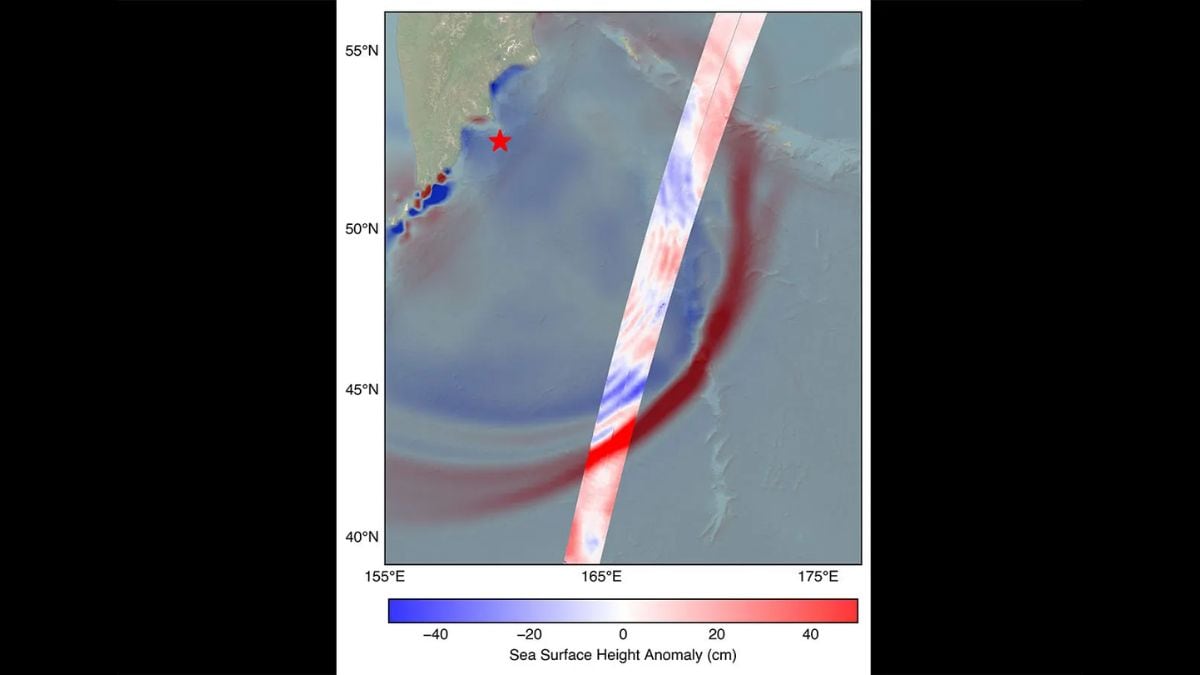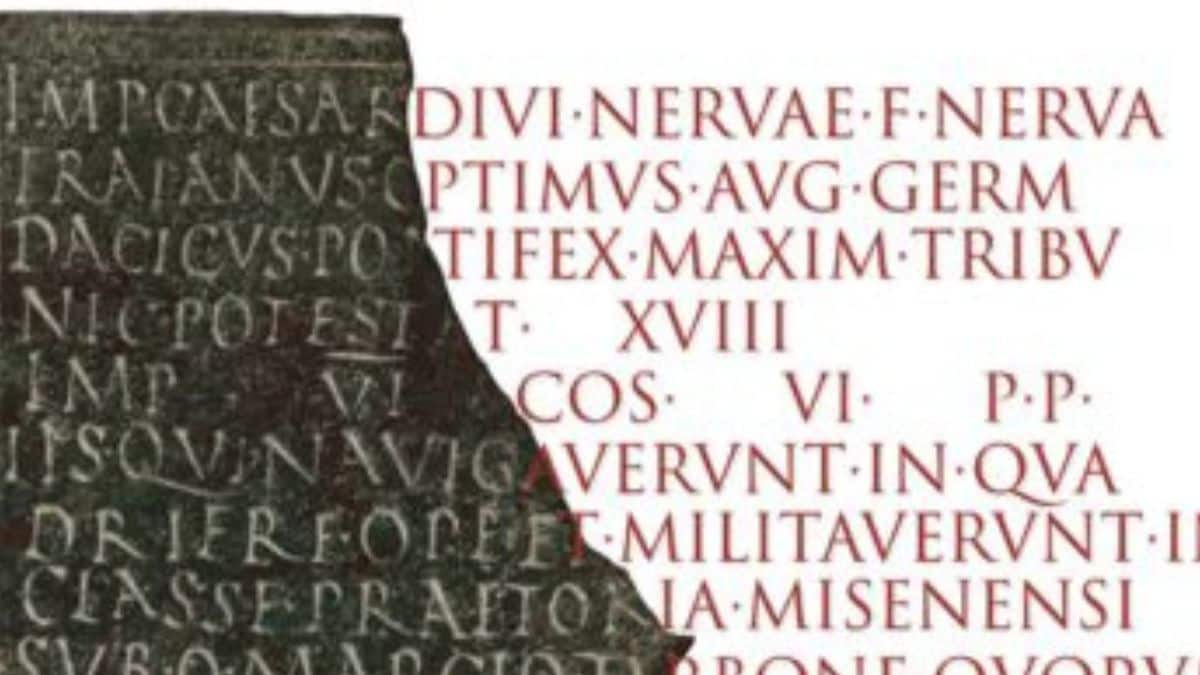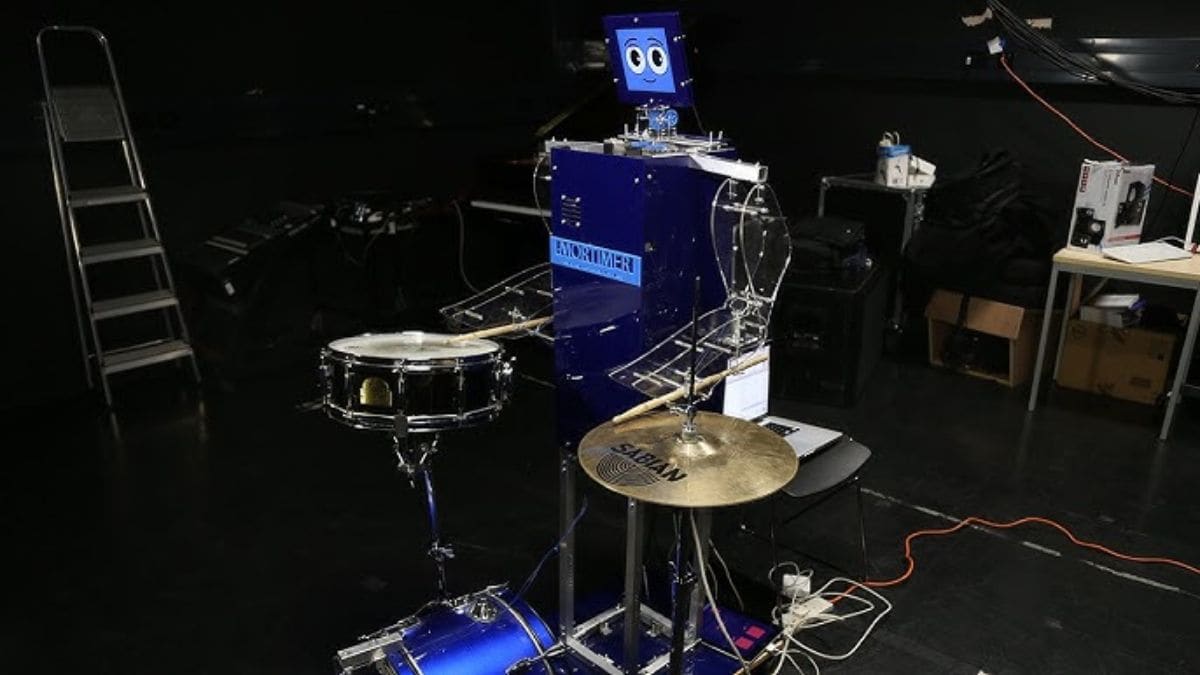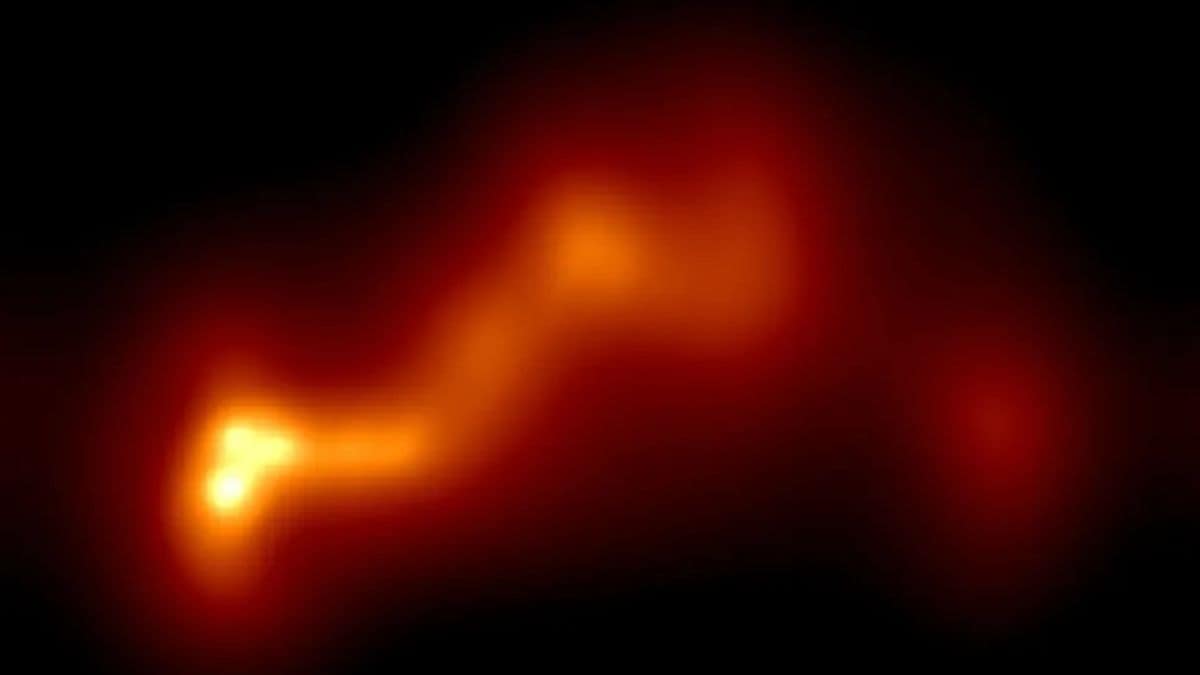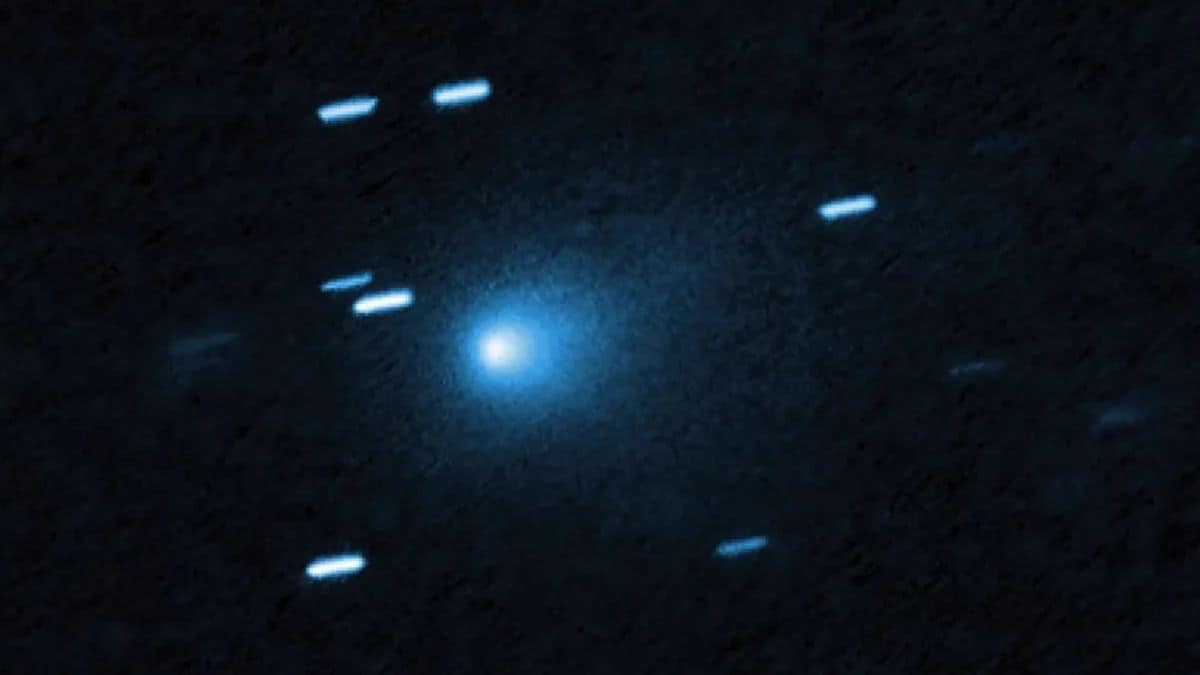For the first time, astronomers have captured a detailed image of a star beyond the Milky Way, revealing surprising features. The star, WOH G64, lies around 160,000 light-years away in the Large Magellanic Cloud, a dwarf galaxy orbiting the Milky Way. The image, obtained using the European Southern Observatory’s Very Large Telescope Interferometer (VLTI), offers insights into the final stages of the star’s life. Keiichi Ohnaka, an astronomer at Universidad Andrés Bello in Santiago, Chile, led the research, published on 21 November in Astronomy & Astrophysics.
Details of WOH G64 and Its Surroundings
WOH G64 is an enormous star, approximately 1,500 times larger than the Sun. It appears surrounded by a hazy, yellow, egg-shaped cocoon, believed to consist of gas and dust emitted by the star, as per the study. The VLTI combined data from four telescopes to create the detailed image, overcoming the limitations of individual instruments. This marks a significant achievement, as such observations would typically require a telescope over 100 metres wide.
The cocoon around the star is thought to form as material is expelled during the final stages of stellar evolution. This stage offers valuable insights into how massive stars behave before potentially exploding into supernovae.
Hints of Impending Demise
A notable observation is the star’s dimming, with recent images showing it fainter than previous records. This suggests an increase in material ejected by the star, a potential precursor to its death. “We’re seeing changes that could indicate the star’s transition towards a supernova,” Ohnaka told Science News. However, this transformation is not imminent and could take 10,000 to 100,000 years.
Attempts to obtain a second close-up image failed due to the star’s fading brightness. While some stars recover after such dimming phases, WOH G64 may continue to weaken, providing researchers with rare clues about stellar evolution in other galaxies.



